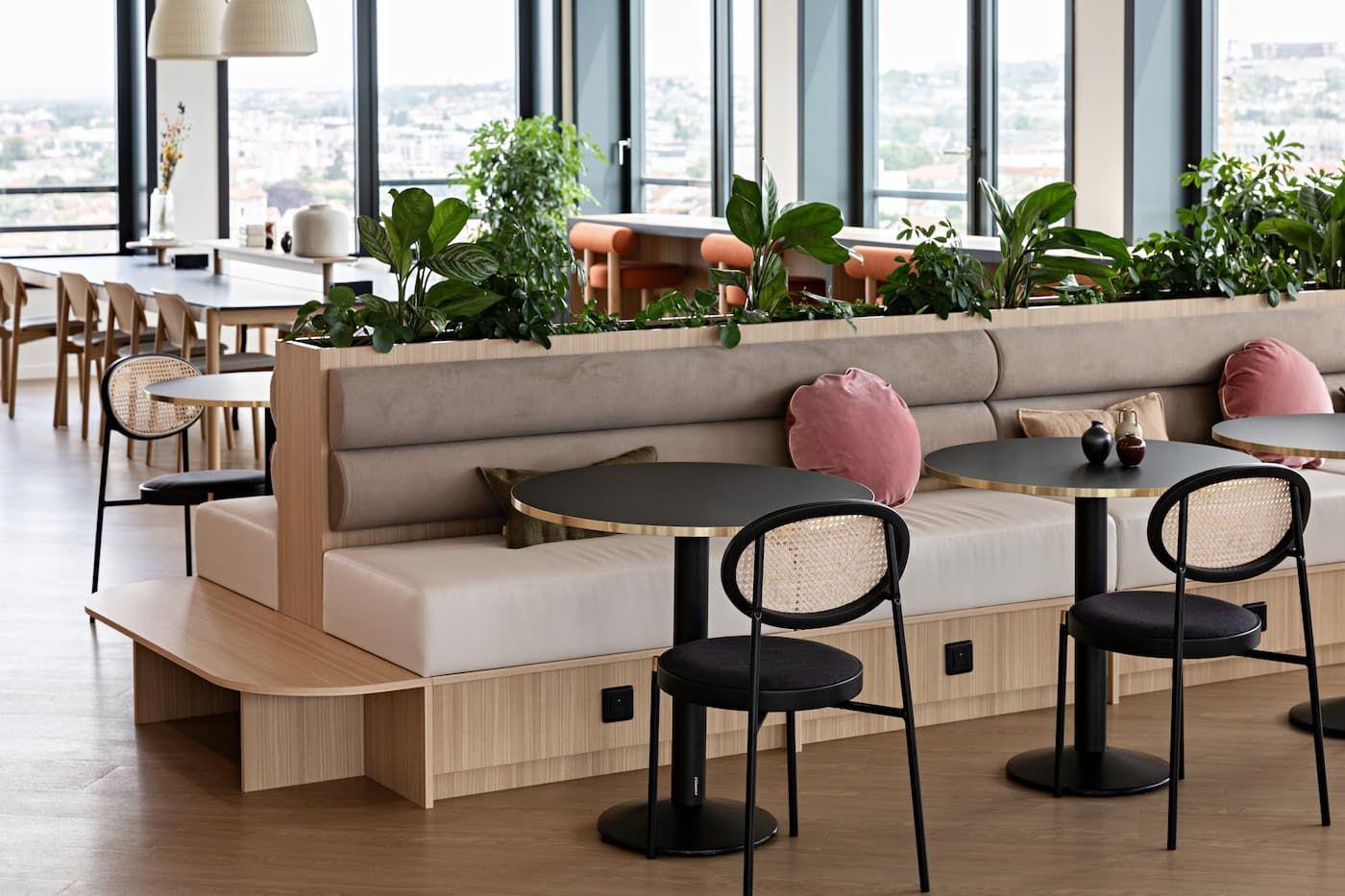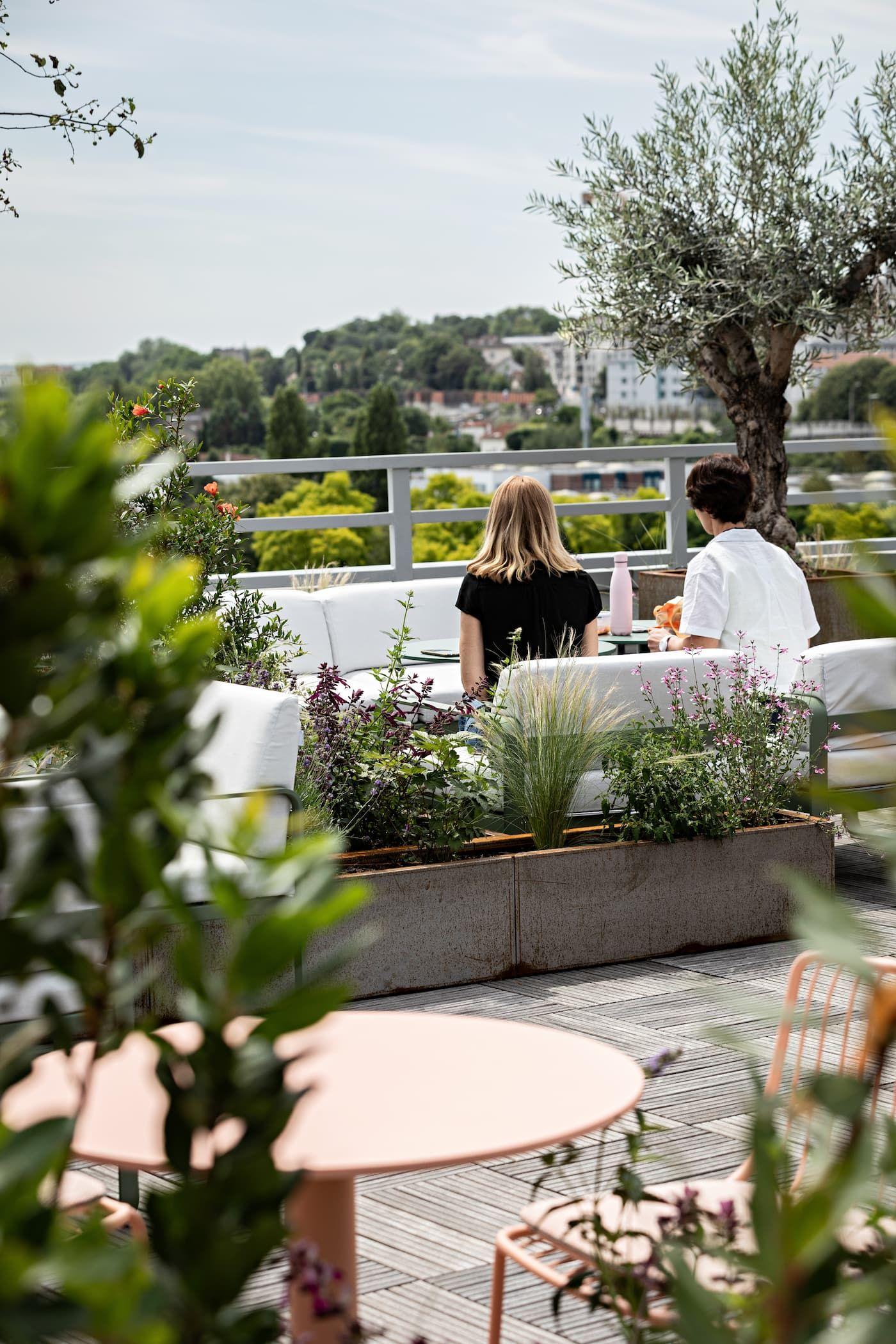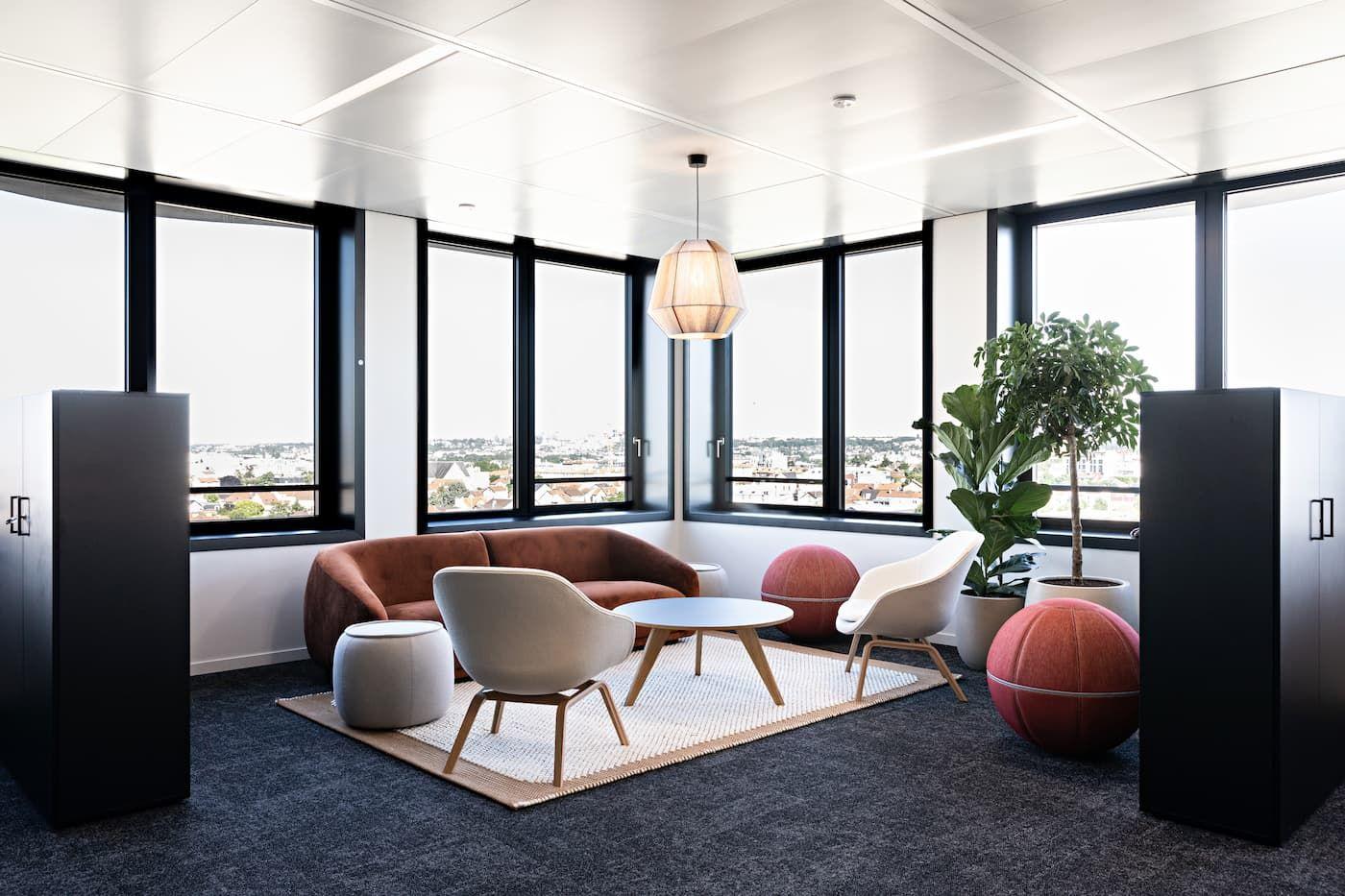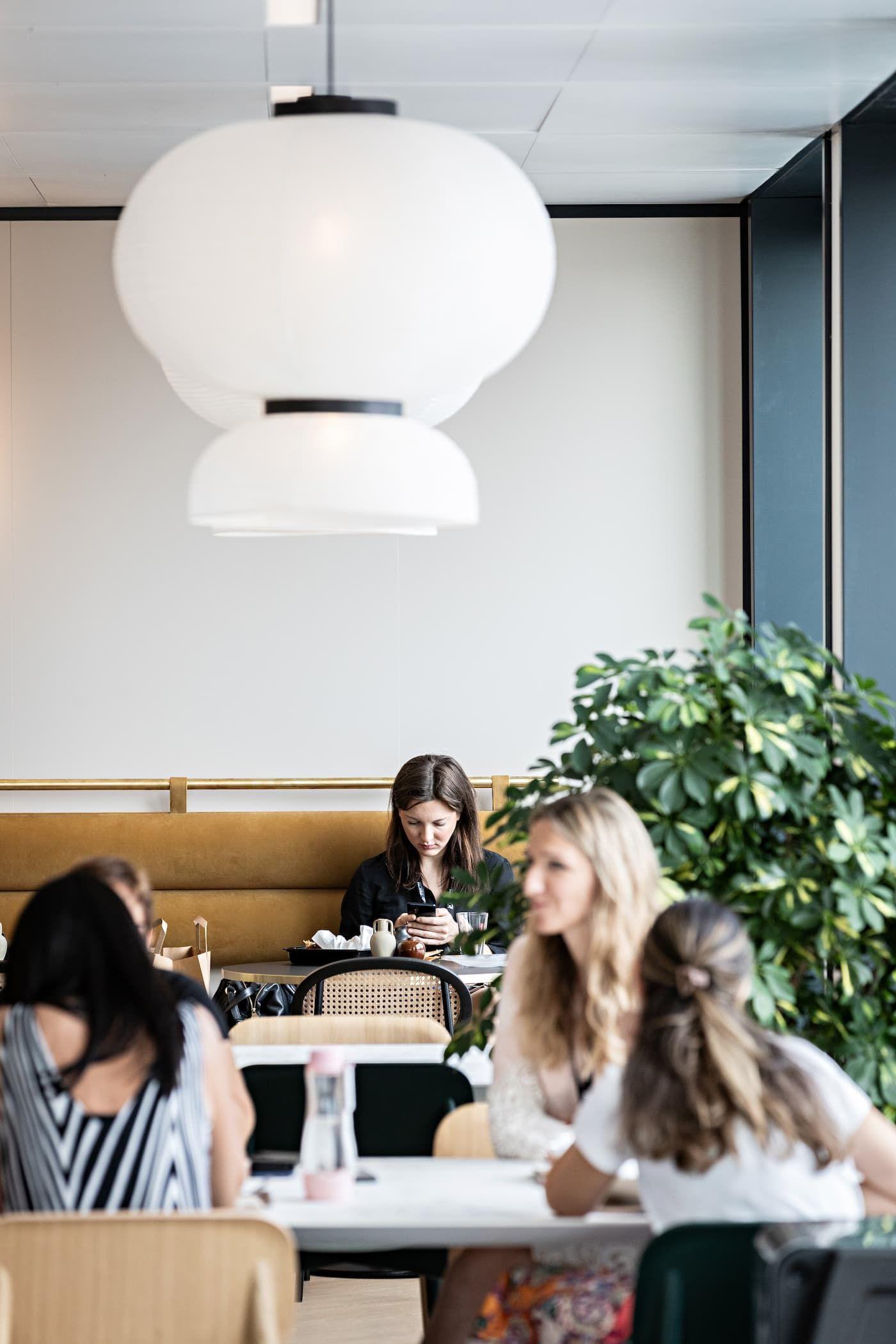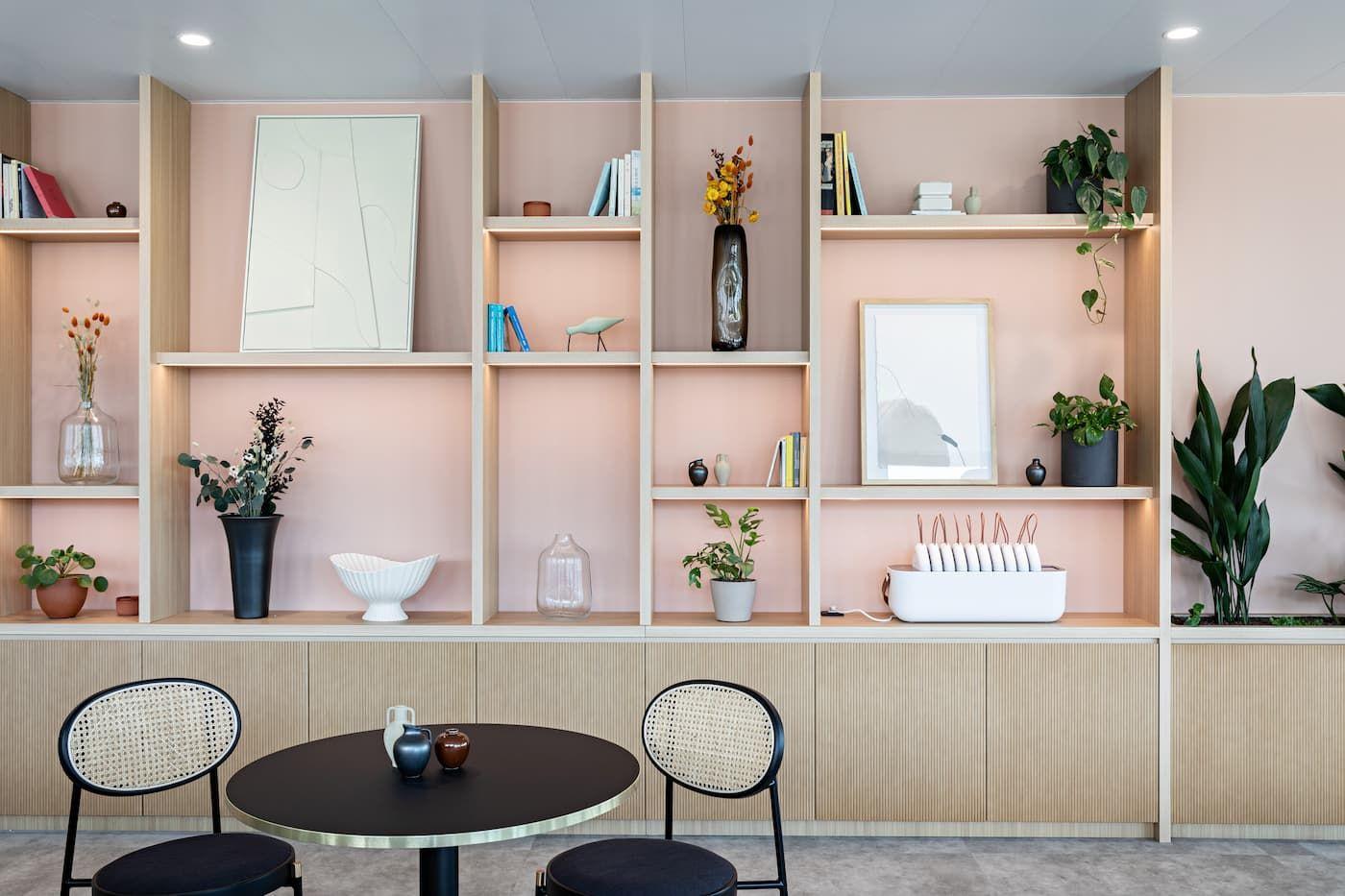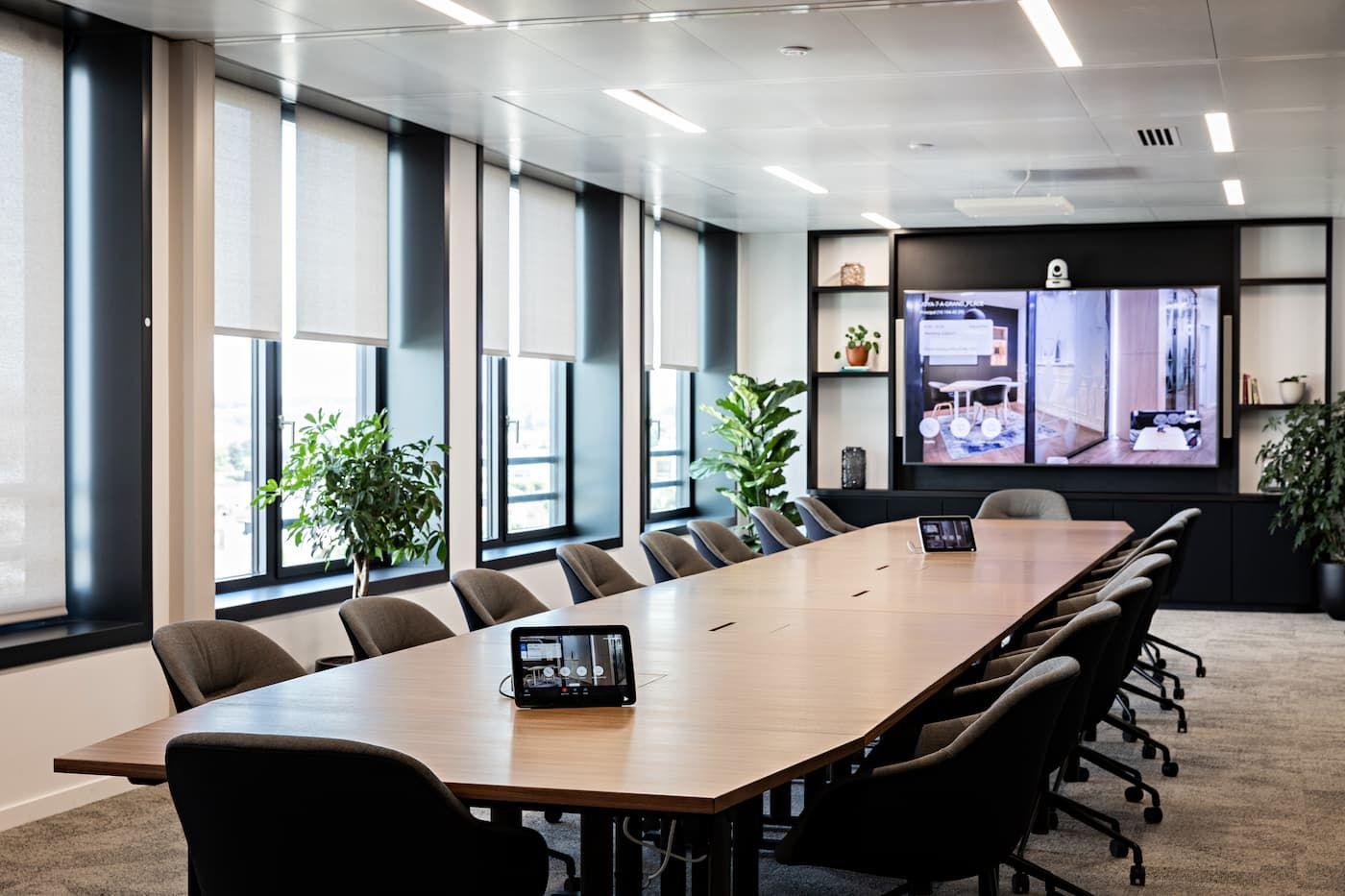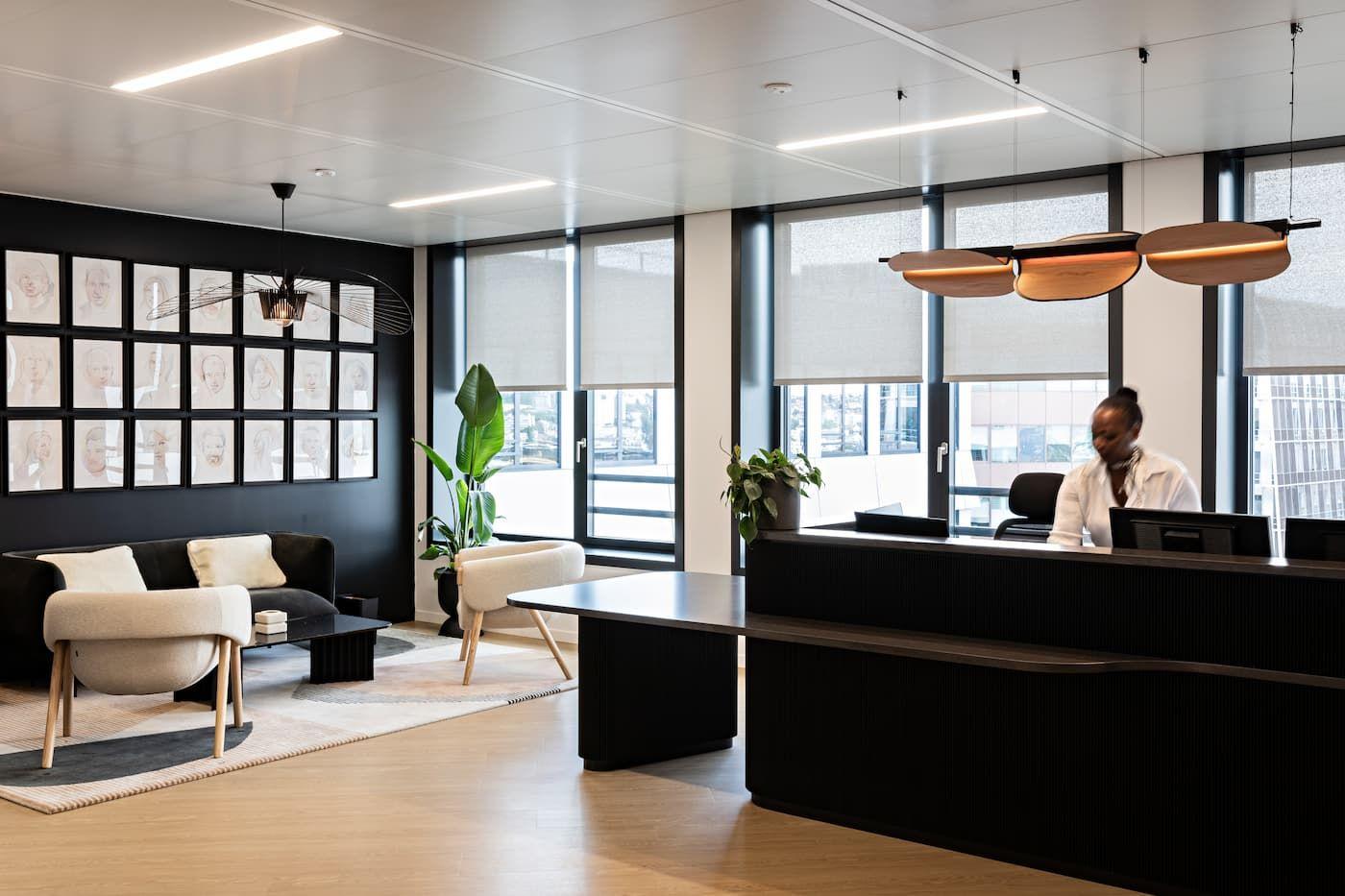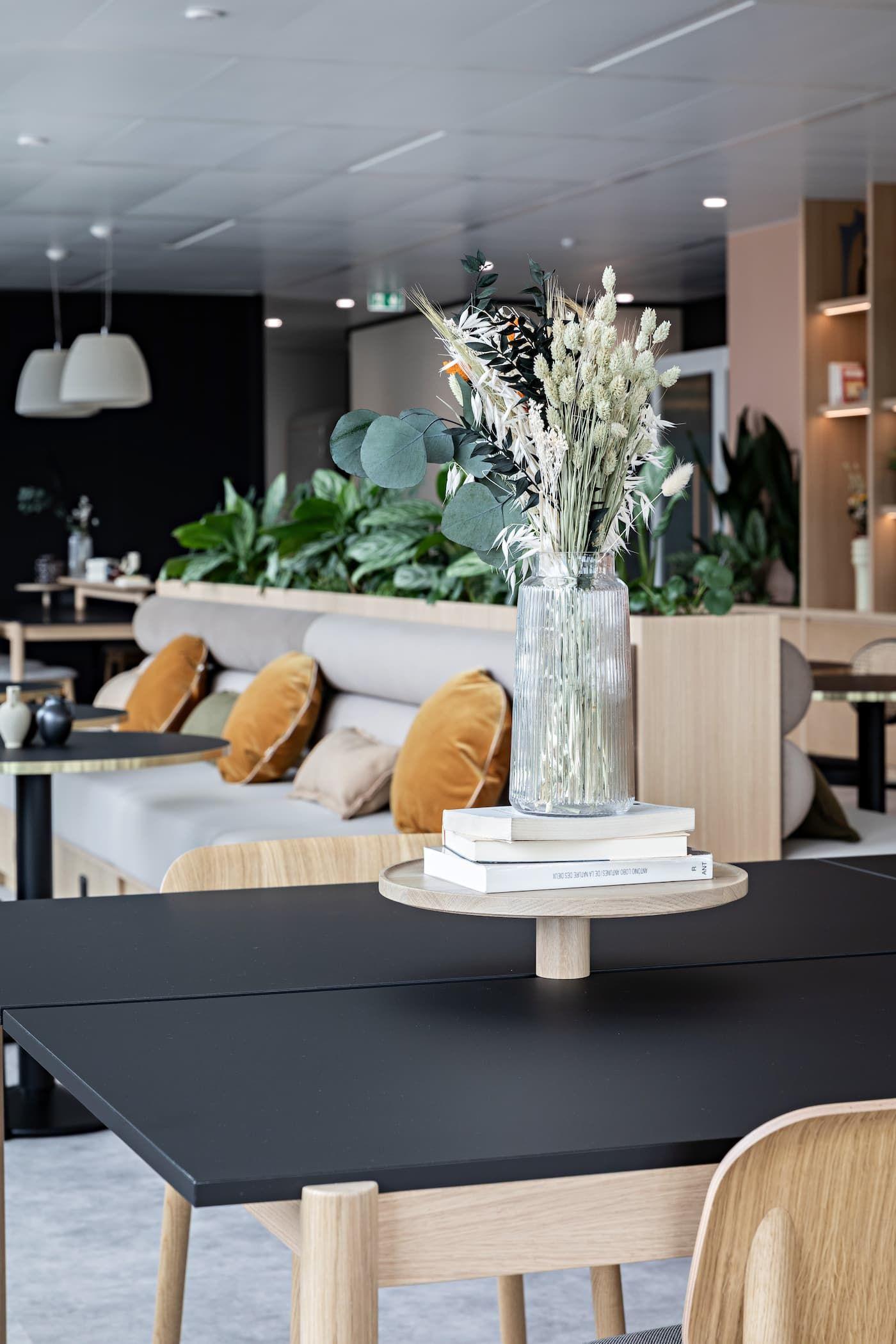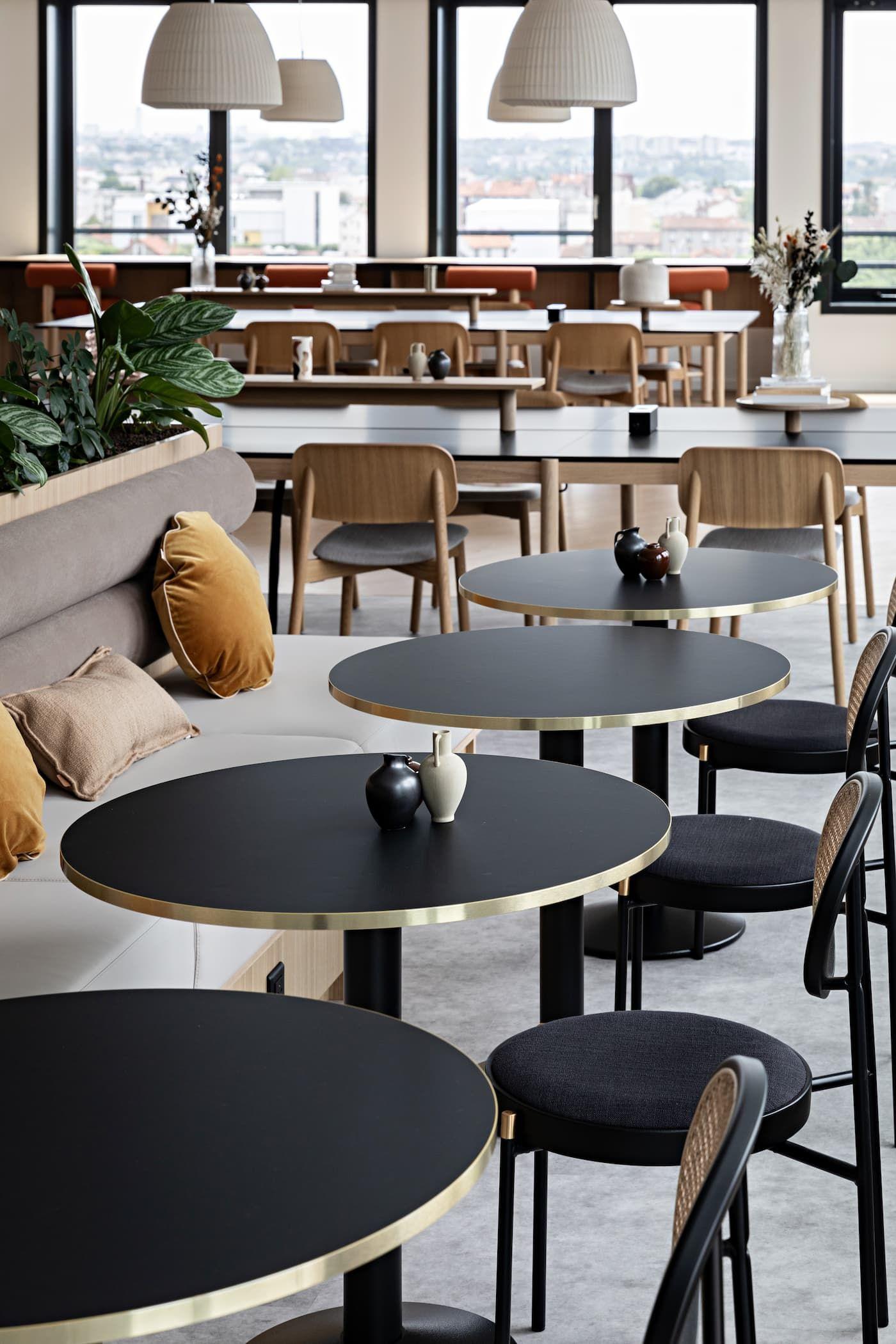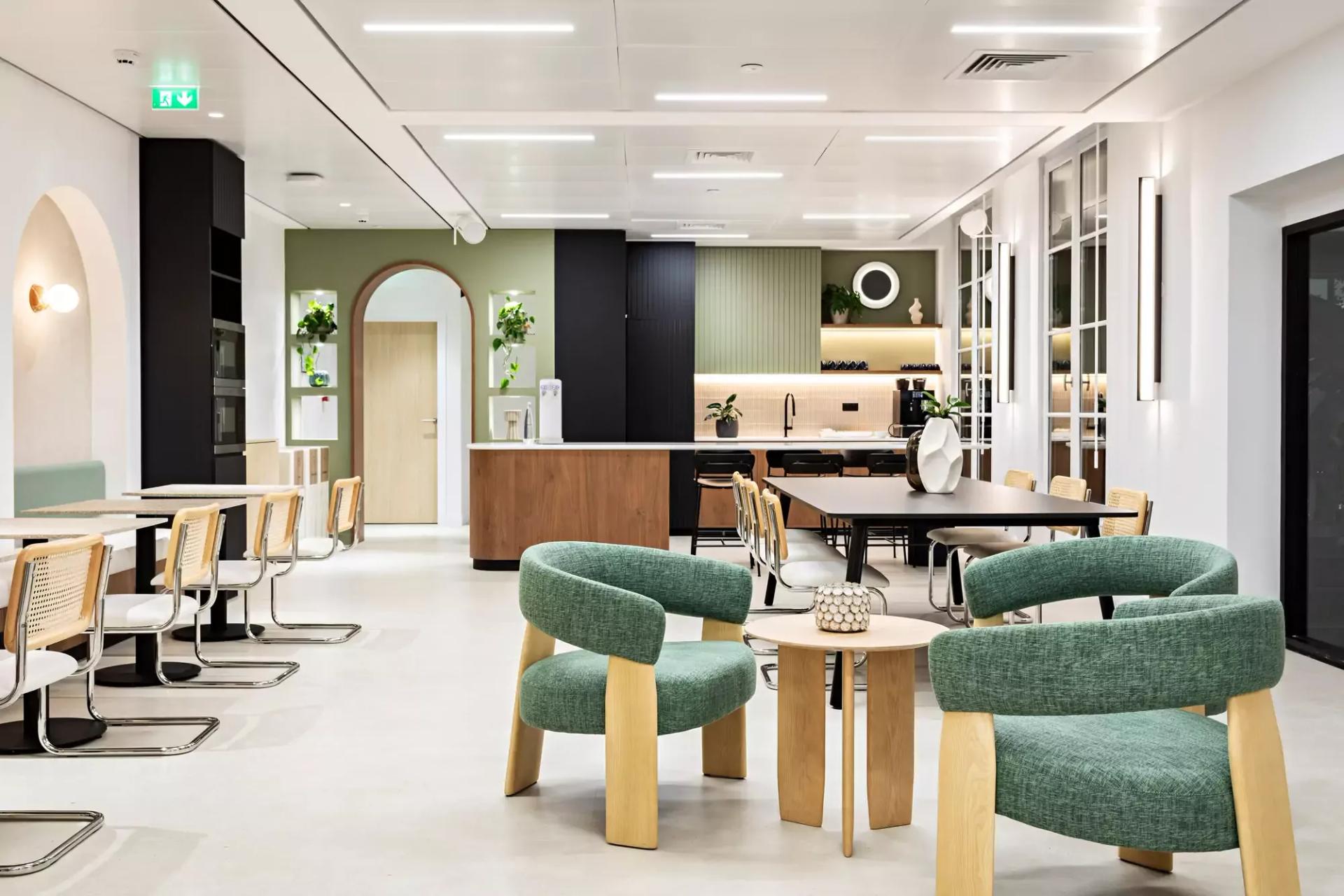Summary sheet

sectorBank
area6 000m²
placeFontenay-sous-Bois
delivery2024
Engaged Expertises
- Workplace Strategy.
- Experience Design.
- Architectural Concept.
- Refurbishment.
- Furniture and Decoration.
- Strategy and Property Search.
Employee well-being and health
Initiatives focused on the physical and mental well-being of employees, such as relaxation areas, fitness facilities, health and wellness programs, flexible work schedules, and leave policies.
Sustainability and CSR (Corporate Social Responsibility)
The company's initiatives to reduce its carbon footprint, promote recycling, use sustainable materials, and adopt environmentally-friendly practices.
